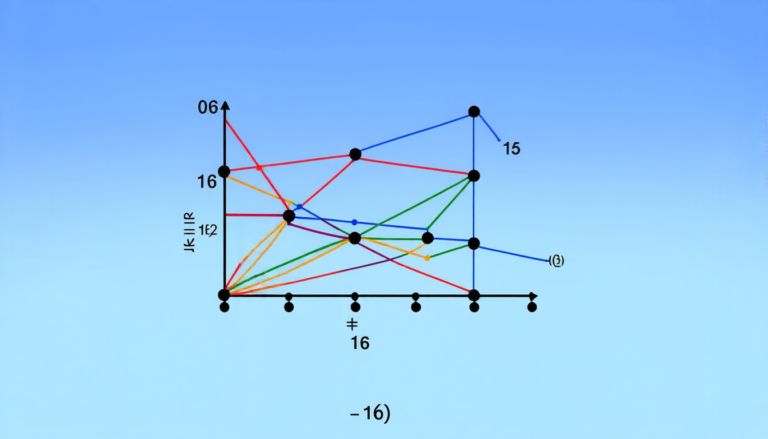Monday 19 May 2025
The pursuit of understanding self-avoiding walks, a fundamental concept in statistical physics, has been an ongoing challenge for scientists. These walks, which describe the path taken by a random walker on a lattice without intersecting itself, have puzzled researchers for decades. Recently, a team of mathematicians and physicists has made significant progress in solving this problem using a novel approach.
The traditional method of tackling self-avoiding walks involves calculating the probability of a walk occurring at each step, taking into account the constraints imposed by the lattice structure. However, this approach becomes increasingly complex as the length of the walk increases, making it difficult to obtain accurate results.
Enter the lattice point counting method. By translating the problem of enumerating self-avoiding walks into a lattice points counting problem in multidimensional domains, researchers have been able to develop a new framework for understanding these walks. This approach allows them to compute determinants of hypermatrices, which provides a more efficient and accurate way of calculating the number of self-avoiding walks.
The implications of this breakthrough are far-reaching. For one, it opens up new avenues for studying the behavior of self-avoiding walks in higher dimensions. Currently, researchers can only simulate these walks numerically, but with this new method, they will be able to derive exact results. This has significant consequences for our understanding of statistical physics and its applications.
The lattice point counting method also sheds light on the mean squared displacement of a typical self-avoiding walk. This metric, which measures the average distance from the starting point to the endpoint of the walk, is crucial in understanding the behavior of random walkers. By computing this value exactly, researchers can gain insight into the dynamics of self-avoiding walks and how they relate to other statistical physics phenomena.
In addition to its applications in statistical physics, the lattice point counting method has implications for computer science and cryptography. The problem of counting lattice points is closely related to many problems in number theory, which has significant consequences for encryption algorithms. This breakthrough could potentially lead to more secure encryption methods.
The development of this new approach is a testament to the power of interdisciplinary research. By combining insights from mathematics, physics, and computer science, researchers have been able to tackle complex problems that were previously thought to be intractable. As we continue to push the boundaries of what is possible with self-avoiding walks, we are likely to uncover even more surprising connections between seemingly disparate fields.
Cite this article: “Breaking New Ground: A Novel Approach to Understanding Self-Avoiding Walks”, The Science Archive, 2025.
Statistical Physics, Self-Avoiding Walks, Lattice Point Counting, Random Walkers, Mean Squared Displacement, Multidimensional Domains, Hypermatrices, Determinants, Number Theory, Cryptography







